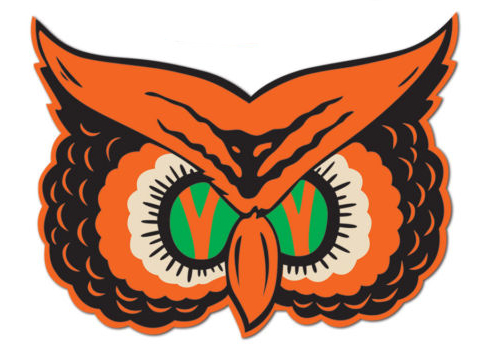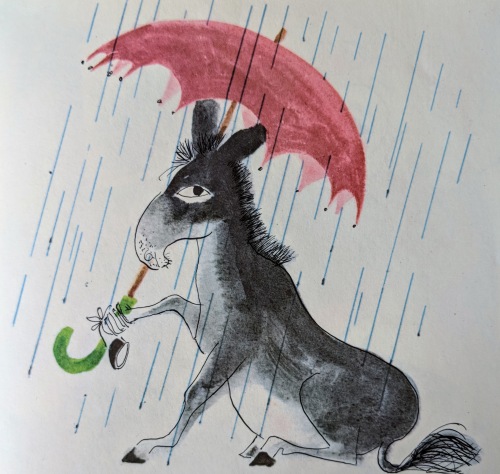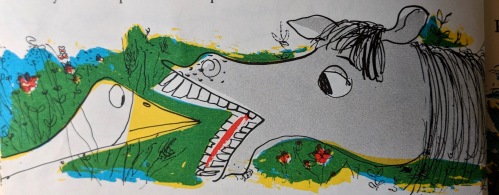
Pamela Lyndon Travers
Once upon a time, an author was an elusive creature. Rarely glimpsed, rarely heard from except in his or her published writings. There were the exceptions—the ever-touring Dickens and Twain. But when I was growing up a real writer was such a rare beast that I vaguely thought that all authors were either dead or perhaps lived in some land not really connected to our own.
So, I was thrilled to finally meet an actual author when I was 21–P.L. Travers of Mary Poppins fame when she was a writer in residence at my college. I had read and adored Mary Poppins as a child and here was the author herself.
The meeting, at a dinner table in my dorm, was disappointing. She was fulfilling what clearly was an annoying requirement—a meal with the students. She brushed off my shy, gushing acknowledgement of her and her books, ate as quickly as she could and immediately left. But, like Mary Poppins, she did leave me with a bit of wonder. I noticed that the salt and pepper shakers had vanished with her.

Illustration by Mary Shepard
Was it a bit of Mary Poppins magic or was P.L. just a bit of a kleptomaniac? This was certainly possible. Pamela Lyndon Travers was a complicated person. She was notorious for her snappish demeanor and extreme protectiveness of Mary Poppins. You can see a highly sentimentalized (but reasonable accurate) version of her struggles with Walt Disney over the making of the Mary Poppins film in the movie “Saving Mr. Banks.” (Insider tip: Travers’ tears at the end are not tears of joy.)
You can get a more direct feel for her in this interview with Alex Witchel that ran in the New York Times in 1994.I love many of the exchanges in what must have been an intimidating interview, but this is one I could particularly relate to as a writer. Witchel asks Travers if she is proud of her Mary Poppins books.
“Yes, I am proud,” she [Travers] says clearly. “Because I really got to know her.”
Miss Travers has written that when she was a child she wished to be a bird. Is Mary Poppins? After all, she can fly and she is the only adult capable of understanding the starlings and the wind.
“That’s something I can’t tell you,” she says. “I didn’t create Mary Poppins.”
“Oh? Who did?”
“I refuse the answer,” she says. “But I learned a lot from Mary Poppins.”
“Like what?”
“I can’t say exactly,” she snaps. “It’s not a sum. I know less about her after reading ‘Comes Back’ again.” Her tongue works itself over her lips.
“I think I would like her always to remain unknown,” she continues. “I feel I’ve been given her. Perhaps if somebody else had her she’d be different. I don’t know. I’ve forgotten so much.”
I love Travers’ acknowledgement that Mary Poppins was “given” to her. And her refusal to further explain her character. In some ways, I think writers (like Mary Poppins herself) should also remain unknown. Perhaps some of the magic goes out of things when we meet them, especially if they coldly brush us off! (Although the disappearing salt and pepper shakers almost made up for it.)

Illustration by Mary Shepard
Authors are not so private and mysterious these days. Between school visits, blog posts, social media, bookstore appearances, and late-night interviews, the world seems rotten with authors. We get to know them all too well, perhaps.
Still, believe it or not this is all by way of letting you know that I’ve been doing readings and signings lately for my new book “The Frightful Ride of Michael McMichael.”

So, even if you don’t need to meet me, I love getting a chance of getting to meet you. Like so many of us introverted writers, we turn into extroverts under the right light. Even P.L. Travers start to get expansive toward the end of her New York Times interview.
If you’d like to meet the not-that-elusive Bonny Becker and learn more about my latest book, do come to see me at the Secret Garden Bookshop in Ballard, Oct. 25 at 7:00 p.m.








































